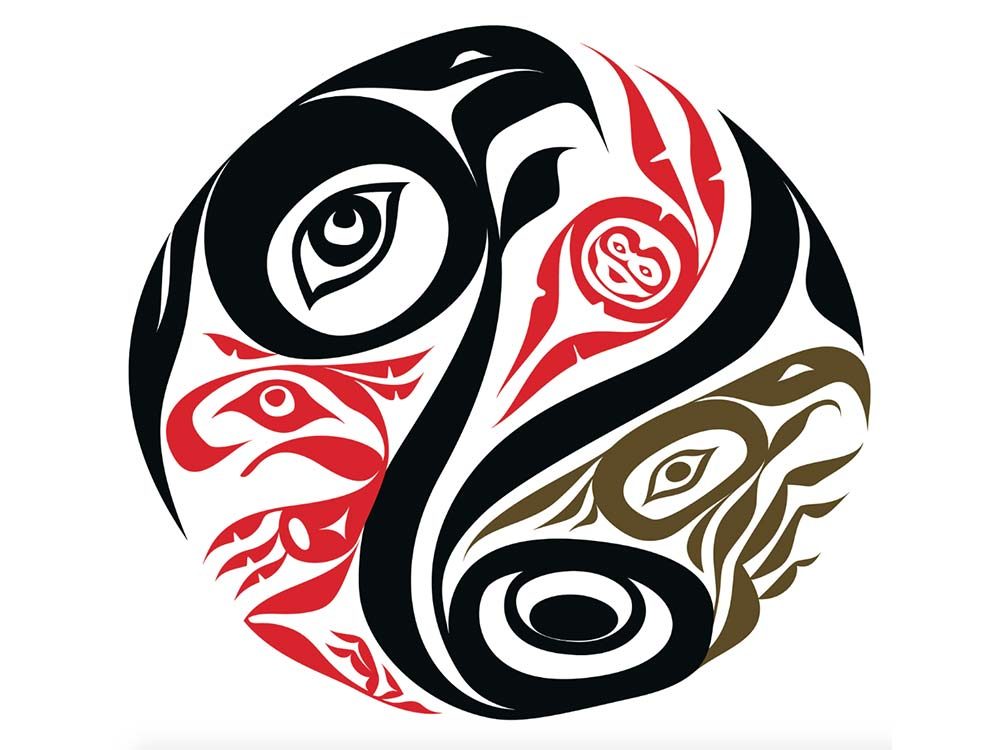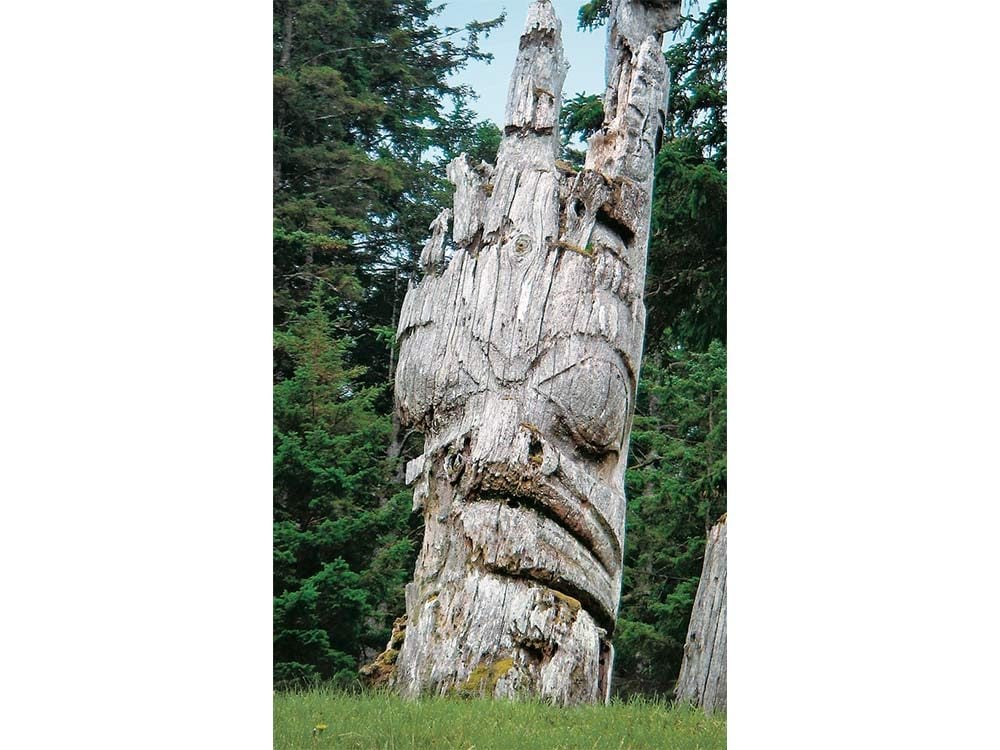
Watching Over the Past: The Watchmen of Haida Gwaii
Guarding the five ancient village sites in Gwaii Haanas National Park, Haida watchmen provide a living link to the rich cultural heritage of the Haida Nation—a heritage my husband, Brian, and I have enjoyed learning about.
The park is located at the southern end of Moresby Island in Haida Gwaii (formerly known as the Queen Charlotte Islands) off the northern coast of British Columbia. (Here are 10 more essential British Columbia experiences.) It was created after the 1985 standoff on Lyell Island between the Haida people and the logging companies operating in the area. International attention encouraged the government of Canada to meet with the Haida Nation and agree to designate an area of the islands as a national park.
The Haida Watchmen Program, however, began in 1981, before the conflict. The Skidegate Band Council had become increasingly concerned as Haida Gwaii became an attractive destination for boaters, kayakers and tourists. In an attempt to protect their cultural artifacts and resources, the Haida Watchmen Program was formed.
From late spring to early autumn, two or three watchmen are stationed at three village sites: Windy Bay (Hlk’yah GaawGa), Hotspring Island (Gandll K’in Gwaay-aay) and Anthony Island (SGang Gwaay Llnagaay). Tanu (T’aanuu Llnagaay) and Skedans (K’uuna Llnagaay) lie outside the reserve but within the Haida Heritage Site. The prime responsibility of the watchmen is to guard and protect the natural and cultural heritage of these sites. The watchmen, who are all from the Haida Nation, are trained in wilderness first aid, marine emergencies, small vessel operations, bear awareness and cultural awareness, among other things. They also sometimes lead tours of the sites, though that responsibility rests mostly with the tour operators. The watchmen are a cultural contact for visitors, and also assist in any emergency situations that arise.
While some watchmen are shy and reserved, most are eager and willing to share the history of these ancient communities. While the totem and mortuary poles of the villages gracefully decay and the house beams are left to fall back to the earth, these modern-day Haida watchmen afford a bridge to their past. As you listen to your hosts, you hear the undertones of a deep respect for the Haida’s cultural past. There is a strong determination to preserve their heritage, language, crafts and culture.
Over the past few years, Brian and I have visited the islands several times by boat and have had the privilege of meeting several of these guardians of the past.
On one such occasion, we watched a young carver chip away at a cedar mask. The personable young man joked easily with us, his guests, as he constantly wet the mask and carved the designs that have been passed down through generations of Haida carvers.

What We Can Learn From the Watchmen of Haida Gwaii
While visiting Tanu, a young girl named Breezy—the grand-daughter of one of the watchmen on the island—scampered about in the brilliant sunshine, delighting everyone with her childlike love of nature. She paused to pose among bleached whale bones on the beach. (Check out the best beaches in Canada here.)
While leading our group of kayakers around an old site, a husband and wife team cheerfully explained that they serve as watchmen every year. It’s their working holiday away from their jobs at the band council office. They get the chance to entertain their audiences with stories of ancient times while relishing the peace and quiet of island life.
On yet another island, a young couple arrived by boat with boxes of groceries. They were taking over the site from a graduate student who had spent the better part of his summer break sharing his knowledge with the constant flow of tourists. Now, it was the couple’s turn to live in the watchman’s cabin. As they unpacked their supplies, we were struck by their commitment. They had left their children with relatives and would be on the site for at least a month.
At Hotspring Island, we met a proud grandmother who regaled us with tales of her favourite granddaughter. This granddaughter had done very well in school that year—mostly A’s and a couple of B’s. The gracious matriarch had been coming to Hotspring Island for many summers. She showed us a woven cedar hat she was working on, that, unfortunately, was not for sale. Although her creations could easily sell for $500 to $800 each, she gives them away to family and friends. That particular hat was for her precious granddaughter. Talk of family weaved into her speech as surely as the cedar strips were woven into the hat.
At our last stop, while a well-spoken man showed us the decaying totem poles, he told us of spending his youth logging on the mainland. Now, he had returned to the islands and was proudly sharing his culture and the ways of the Haida. He laughed as he spoke of his two-year-old son. “He’s quite a handful. Just like I used to be.”
We learned about the Raven and Eagle moieties, or clans. We visualized what village life must have been like before and after contact with “those from away.” We tried to understand the Haida’s decision to let their poles return naturally to the earth, instead of trying to preserve them. Then we realized that, like the poles and ancient house beams, the Haida are also returning to their roots.
Next, explore Calvert Island—Canada’s answer to the Caribbean.